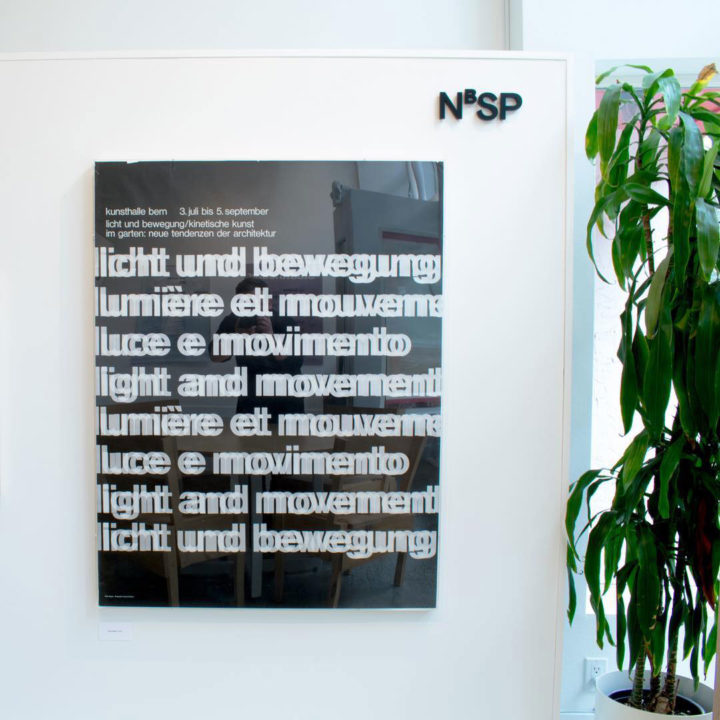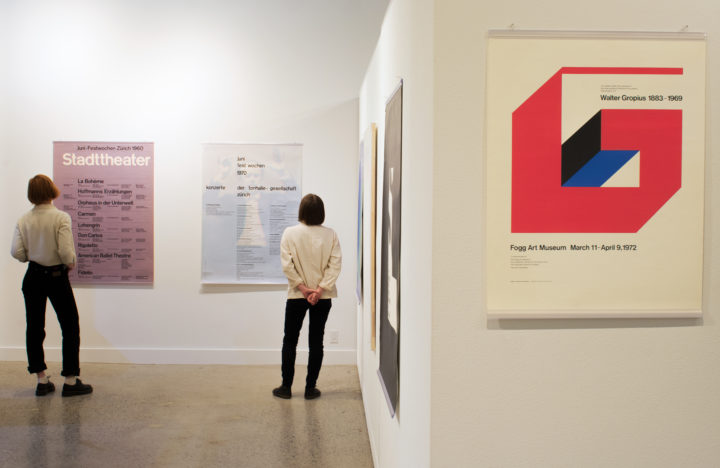Survey I: Culture
Curated by Sean Wolcott and Civilization
February 1 — March 23, 2018
This exhibition is a small survey of cultural works from the collection of graphic designer Sean Wolcott, founder of design studio Rationale. Each work reflects the values and principles explored within the modernist tradition. With the advent of modernism (Post–WWI and the Russian Revolution), the graphic style shifted dramatically in shape, color, type and use of space.
Certain sans serif typefaces, such as Franklin Gothic, Monotype Grotesque, Futura, and Helvetica Neue, were all popularized for their clarity and impact. Artwork and pictures were used less frequently, in favor of communicating with strong simple shapes and geometric forms. Perhaps the most notable change was the establishment of the grid system which guided the designer’s use of space and helped convey consistency and order.
This selection of work promotes cultural events, exhibitions, festivals, performances, or are themselves pieces of cultural ephemera and experimentation.
Designers
Otl Aicher
Karl Gerstner
Carl B. Graf
Armin Hofmann
Toshihiro Katayama
Peter Megert
Josef Müller-Brockmann
Humberto Rocha
Bruno K. Wiese
Marcel Wyss
Curators
Sean Wolcott
Sean Wolcott is a Seattle-based graphic designer. Having created design experiences for products used by billions, Sean runs his own consulting practice, Rationale, where he designs identities, packaging, signage, publications, websites, and user interfaces for a wide range of clients. Sean had the privilege of studying under Massimo Vignelli, whose teachings continue to inform his philosophy and propel his craft to higher standards of excellence. His work is often featured in printed and online publications, and he has been selected by Vignelli as one of the top five American graphic designers today under the age of 50.
Civilization
Civilization is a design practice that works with causes, clients and partners that share their commitment for creating positive change. They do this by building identity systems, digital experiences, printed materials, environmental graphics and exhibitions. Through hosting workshops, lectures, their interview series–Beyond This Point, and their non-profit gallery, Non-Breaking Space, they hope to inspire conversation and connection. They are the recipient of the National Design Award for Communication Design from the Cooper Hewitt, Smithsonian Design Museum, and the Webby Award for Best Activist Website. Their internationally recognized work is included in the permanent collection of SFMOMA and the Milton Glaser Design Archives at SVA.






